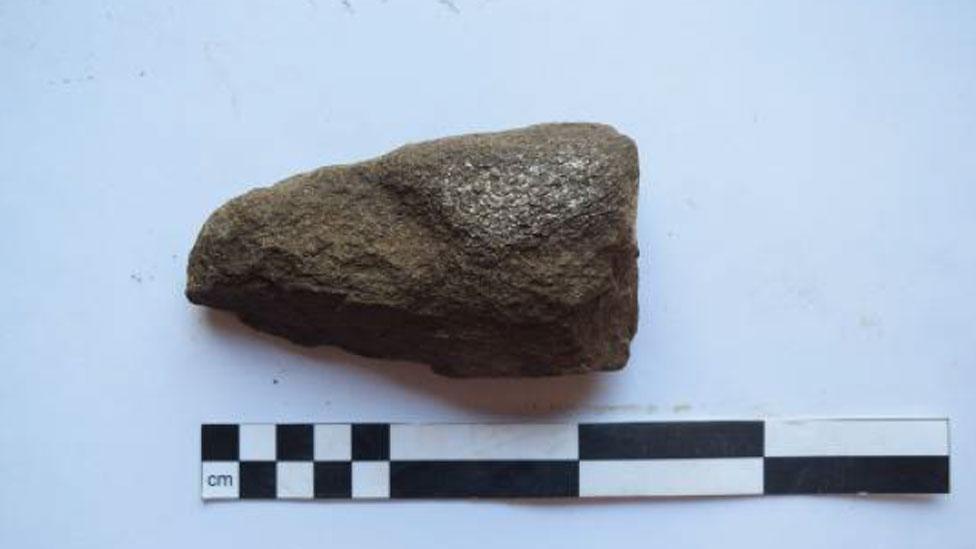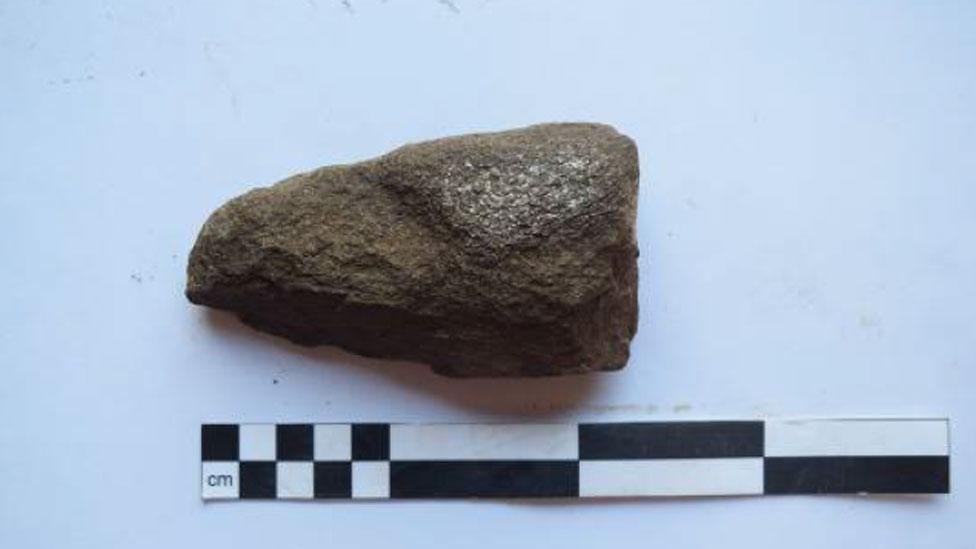Archaeological interest in site on A9

The Rout of Moy came during Bonnie Prince Charlie's Jacobite Rising
At a glance
Archaeologists are to carry out a survey of a site on the route of a planned upgrade of the A9 in the Highlands.
The location near Moy, south of Inverness, has a section of an 18th Century military road.
Moy is also where a handful of fighters loyal to Bonnie Prince Charlie defeated a small army of government soldiers in February 1746.
The three weeks of survey work begins on 21 March.
- Published
Archaeologists are to investigate a site on the route of new dual carriageway on the A9 in the Highlands.
The survey will be focused on an area around General Wade’s Military Road and Lynebeg Junction near Moy, south of Inverness.
The old military road was built from Dunkeld to Inverness between 1728 and 1730.
Moy was also the scene of fighting between forces loyal to Bonnie Prince Charlie and British government in the weeks before the Battle of Culloden.
In February 1746 at Moy, a handful of Jacobites defeated an army of government soldiers. The skirmish became known as the Rout of Moy.
To allow for the archaeological work, temporary traffic lights and speed restriction will be in place for three weeks from 21 March.
The site is on the route of planned dual carriageway between Tomatin and Moy.
Twelve sections of single carriageway from Inverness to Perth are being upgraded in a £3bn Scottish government project.
Related topics
- Published1 December 2020

- Published4 December 2017

- Published3 March 2016
